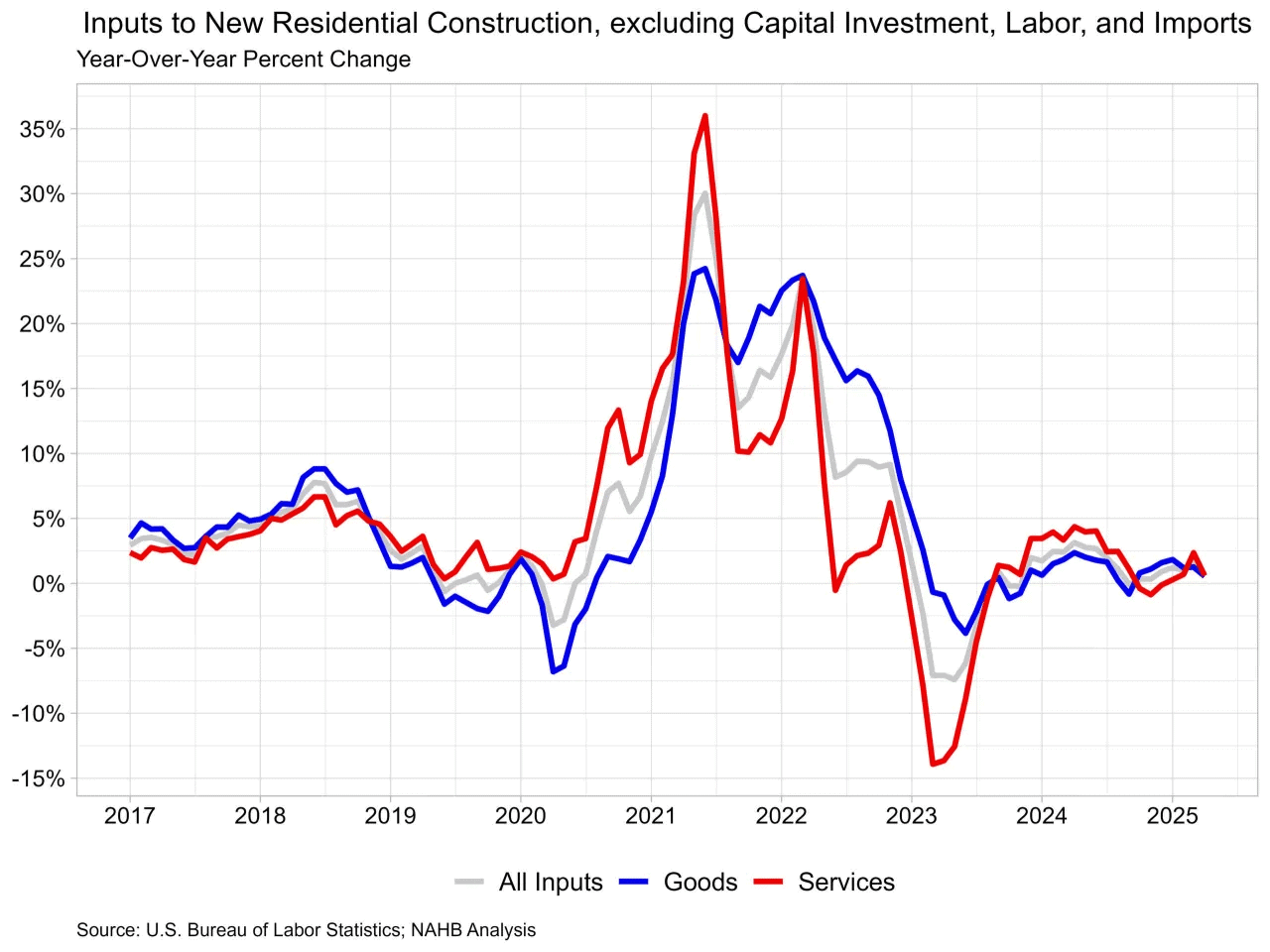
Distribution is the final link in the marketing mix, getting your products to customers. You can sell directly (such as on the Internet), or use intermediaries like wholesalers, retailers and franchises to move product from producers to consumers.
Distributors stock their shelves with products they know will appeal to the buyers they serve. This helps create a genuine connection with customers, creating brand loyalty that drives sales.
Direct Distribution
In direct distribution, a company sells its own products directly to consumers. This can be done through stores, websites or other online marketplaces. This type of distribution is popular for ecommerce retailers, which often employ this model to cut out the middleman and save on shipping costs. The company can also keep control of the customer experience, including marketing and branding. However, the startup cost for this type of distribution can be high as the company must pay for warehouses, delivery trucks and other infrastructure. It is also necessary to keep impeccable records in order to avoid tax complications.
Product manufacturers that utilize direct channels often develop a loyalty from their consumer base, encouraging repeat purchases. The ability to build and maintain direct relationships with customers can also help businesses gather important business data, which allows them to tailor products and services to specific market segments.
Some examples of companies that use direct distribution are athletic apparel brands, electronics producers and software developers. However, this type of distribution is not appropriate for all types of products. Those who manufacture food, beverages and cleaning products may not be able to achieve the sales volume required through this model.
Intensive Distribution
Intensive distribution involves the product manufacturer partnering with multiple distributors in order to reach different customer segments. The most well-known example of this is Coca-Cola, which distributes its product through grocery stores, gas stations, movie theaters and a range of other outlets. This approach helps Coca-Cola ensure that its brand is seen by as many people as possible, and can change perceptions of the brand as an alternative to similar options in the marketplace.
When using intensive distribution, the company must be willing to invest heavily in sales teams and consumer marketing. This is particularly important for a brand that wants to achieve a wide geographic or multi-market segment reach. In addition, the company must be willing to pay a premium for the right to distribute its products through a particular channel. If the company does not, it could end up losing out on a potential sale to a large competitor that is prepared to pay a premium for the right to sell its products. This is why it’s so important to research competitors and their strategies. They can give you great ideas and inspiration for your own. Moreover, looking at your competition can show you what works and what doesn’t. This will ultimately help you stay ahead of the game. By learning from the competition, you can create a product distribution strategy that is both efficient and effective. This will ensure that you stay ahead of the competition and remain a profitable business.






























